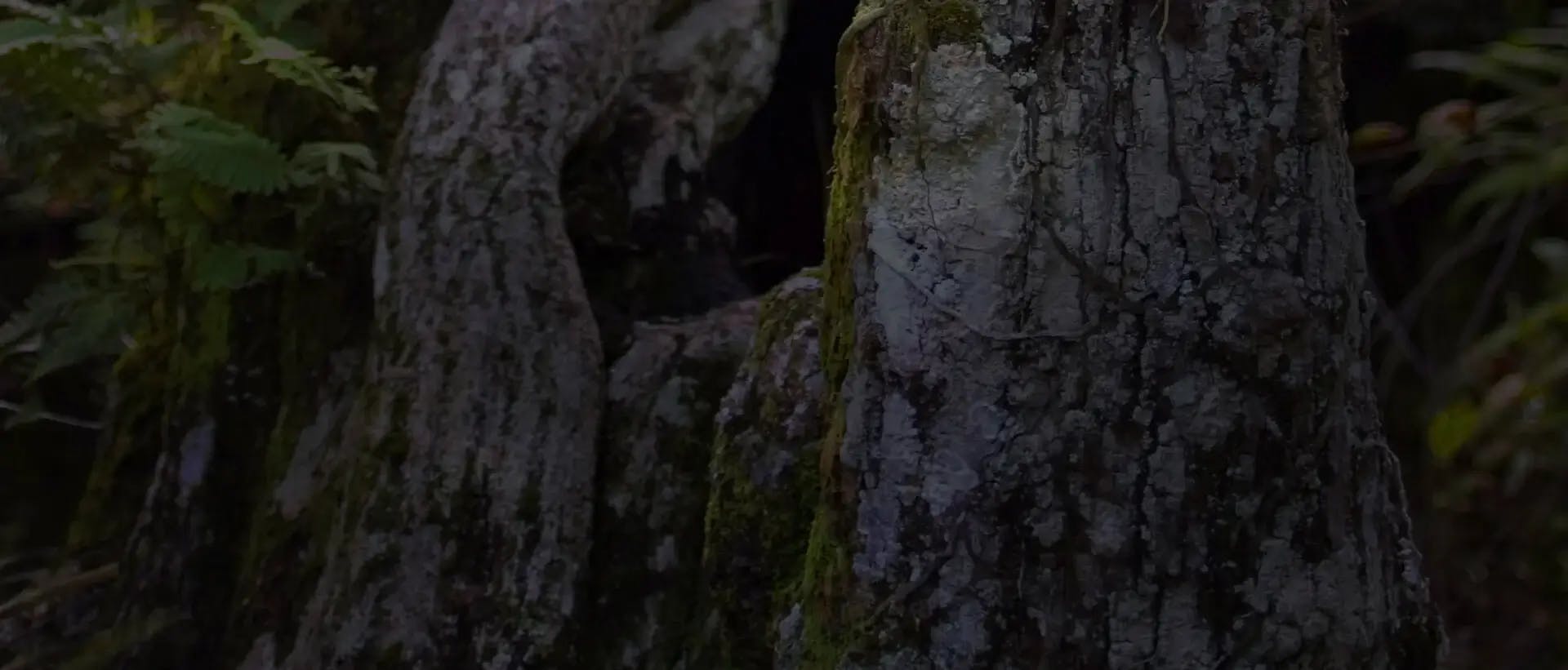
Carlos Pasiche

Biography
Carlos J. Pasiche has been passionate about orchids since he was 14, when a neighbor’s collection introduced him to their incredible diversity and beauty. From that moment, he couldn’t get enough, reading everything he could, growing orchids, and spotting them in the wild back home in Puerto Rico. When college took over, he passed his collection to his grandmother, only keeping a few on a windowsill now and then. After a career pivot during the COVID-19 pandemic, Carlos J. dove back into orchids in Delaware, this time focusing on growing a few hundred species indoors. Over the years, he’s picked up plenty of tricks for keeping orchids happy inside and enjoys sharing his journey with other growers. You’ll find him sharing tips and upcoming orchid talks on Instagram (theorchidjourney) and at orchid society meetings, always happy to connect with fellow enthusiasts. Carlos J. is currently President of the Delaware Orchid Society and a student judge at The National Capital Judging Center.
Talks and Abstracts
How to use habitat information to help you grow Tolumnia species (indoors)
Finding the Right Light: How Orchids Use and Respond to Light
Water, Fertilizers, and Humidity: The Balancing Act

FREE ACCESS: Orchid DealWire
Get notified when orchid vendors have special promotions and exclusive savings.







